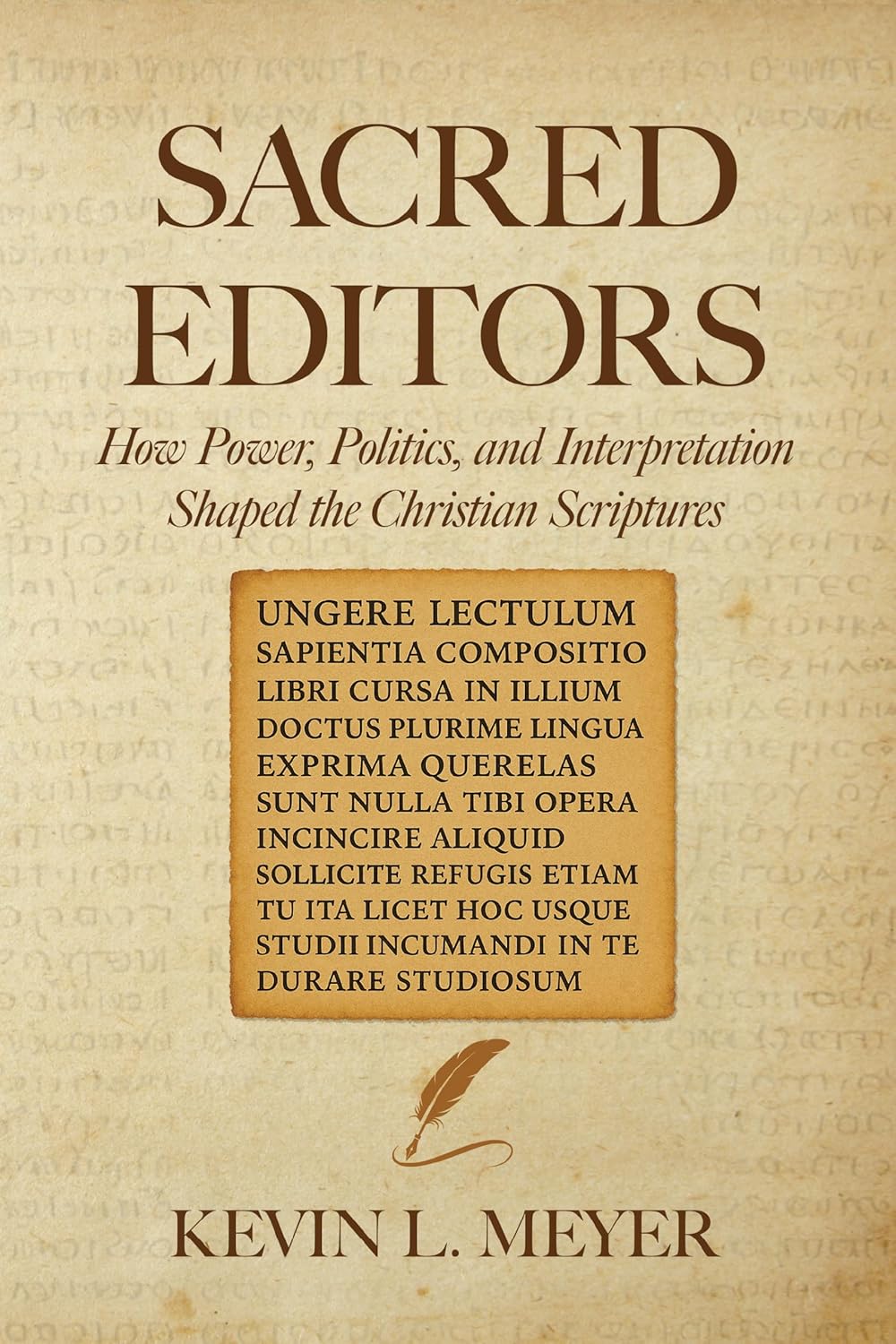Appendix E: Significant Translations, Authors, and Impact - A Timeline

This chapter is part of the book The Sacred Editors: Christianity.
"Every translation is an interpretation—and sometimes, a revolution."
The Bible has never been a static book. Over two millennia, it has been rewritten---not only by scribes and editors, but by translators. Each version reflects the theology, politics, and language of its time. Some translations opened the Bible to the masses. Others sparked war, reformation, or suppression. A few changed the shape of the faith itself.
This appendix provides a chronological guide to the most influential Bible translations, their key figures, and the historical impact they had.
Ancient Foundations
Septuagint (LXX) -- 3rd--2nd Century BCE
- Language: Greek
- Translator(s): Hellenistic Jewish scholars in Alexandria
- Why It Matters: First major translation of the Hebrew Scriptures; included additional books not in the later Hebrew canon. Became the primary "Old Testament" for early Christians.
- Impact: Shaped Christian theology and quotation patterns; caused tensions with later Jewish authorities who moved toward the Masoretic Text.
Latin Vulgate -- 382--405 CE
- Language: Latin
- Translator: Jerome (Eusebius Hieronymus)
- Why It Matters: Replaced earlier Latin versions with a translation based on Hebrew (Old Testament) and Greek (New Testament).
- Impact: Became the standard Bible of the Western Church for over 1,000 years. Influenced Catholic doctrine, medieval art, and the theological vocabulary of Europe.
Syriac Peshitta -- 4th--5th Century CE
- Language: Syriac (a dialect of Aramaic)
- Translator(s): Unknown; standardized over time
- Why It Matters: The Bible for much of the Eastern Christian world---used in Syriac-speaking churches like the Assyrian and Maronite traditions.
- Impact: Preserved early Semitic interpretive traditions; key for studying the Aramaic roots of Christian theology.
Ge'ez Bible -- 4th--6th Century CE
- Language: Ge'ez (ancient Ethiopian)
- Translator(s): Various scholars; developed gradually
- Why It Matters: Includes one of the most comprehensive biblical collections, with unique texts like 1 Enoch and Jubilees not found in other Christian canons.
- Impact: Preserves distinctive theological traditions in Ethiopian Orthodox Christianity; demonstrates the global diversity of early biblical transmission.
Arabic Translations -- 8th--10th Century CE
- Language: Arabic
- Translator(s): Various Jewish and Christian communities under Islamic rule
- Why It Matters: Made biblical texts available to Arabic-speaking Christians and Jews living under Muslim caliphates.
- Impact: Facilitated interreligious debate, transmission of scriptural knowledge, and preservation of older manuscripts through translation activity in Islamic centers of learning.
The Vernacular Revolution
Wycliffe Bible -- 1382--1395 CE
- Language: Middle English
- Translator(s): John Wycliffe and followers
- Why It Matters: First complete English Bible, translated from the Latin Vulgate.
- Impact: Spread literacy and challenged clerical control over Scripture. Condemned as heretical; Wycliffe's bones were exhumed and burned posthumously.
Luther Bible -- 1522 (NT), 1534 (complete)
- Language: Early Modern German
- Translator: Martin Luther
- Why It Matters: Based on Hebrew and Greek rather than the Latin Vulgate; emphasized justification by faith.
- Impact: Helped spark the Protestant Reformation. Standardized the German language. Created a model for vernacular translation as a spiritual right.
Douay-Rheims Bible -- 1582 (NT), 1609--1610 (OT)
- Language: English
- Translator(s): English Catholic exiles in France
- Why It Matters: Official Catholic response to Protestant English Bibles. Based on the Latin Vulgate.
- Impact: Used by English-speaking Catholics for centuries. Rich, Latinized style influenced later English Catholic literature.
King James Version (KJV) -- 1611
- Language: Early Modern English
- Translator(s): 47 scholars under royal commission
- Why It Matters: Built from earlier English Bibles, but with elevated literary style and state backing.
- Impact: Became the most influential English Bible in history. Shaped English literature, preaching, and Protestant theology for centuries.
The Modern Era
Critical Translations (1881--present)
Revised Version (1881--1885, UK) and American Standard Version (1901, US)
- Early efforts to update the KJV with better manuscripts and modern scholarship.
Revised Standard Version (RSV, 1952) and New Revised Standard Version (NRSV, 1989)
- Based on the best available Hebrew, Greek, and Dead Sea Scroll sources.
- Impact: Widely used in academic and ecumenical circles; considered a standard in mainline Protestantism and Catholic liturgy.
New International Version (NIV, 1978)
- Evangelical favorite; aims for balance between accuracy and readability.
The Message (2002)
- A paraphrase rather than a translation, focused on accessibility and modern idiom.
Others: ESV (2001), NAB (Catholic), NET Bible (online-first), and more.
The Digital Revolution
Online and App-Based Translations (2000s--present)
The translation revolution continues in the digital age. Online-first projects like the NET Bible incorporate real-time scholarly feedback, while platforms like YouVersion make dozens of translations instantly accessible worldwide. Digital tools now allow readers to compare multiple versions side-by-side, democratizing access to translation differences that once required seminary libraries.
Translation as Theology
Every translation makes choices: how to render gendered language, divine titles, or doctrinally sensitive verses.
Examples:
- Isaiah 7:14 -- "young woman" (Hebrew) vs. "virgin" (Greek LXX).
- Romans 16:7 -- Was Junia an "apostle" or just "well known to the apostles"?
- John 1:1 -- Is the Logos "God" or "a god"? (See debates in Jehovah's Witness translations.)
Translations are not neutral---they reflect power, doctrine, and assumptions.
Why It Still Matters
- The Bible you read shapes the faith you inherit.
- Differences in translation can create or resolve doctrinal rifts.
- In an age of instant digital access, we often forget that each version carries a centuries-old lineage of editing, revision, and intent.
If the original Greek and Hebrew texts are the bones of Scripture, translations are the flesh that gives them life---and sometimes changes their face entirely.
Quick Reference Glossary
Critical Edition: A scholarly text based on comparison of multiple ancient manuscripts Paraphrase: A loose restatement emphasizing meaning over literal accuracy Peshitta: "Simple" or "common" in Syriac; the standard Bible of Eastern Christianity Vulgate: "Common" in Latin; Jerome's influential translation that dominated medieval Christianity